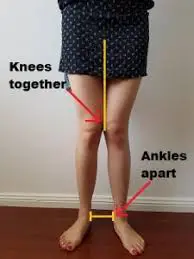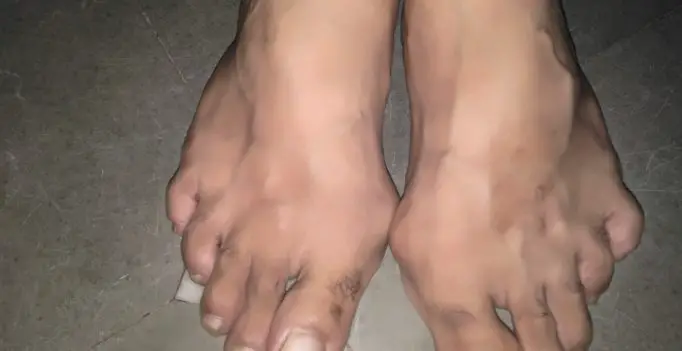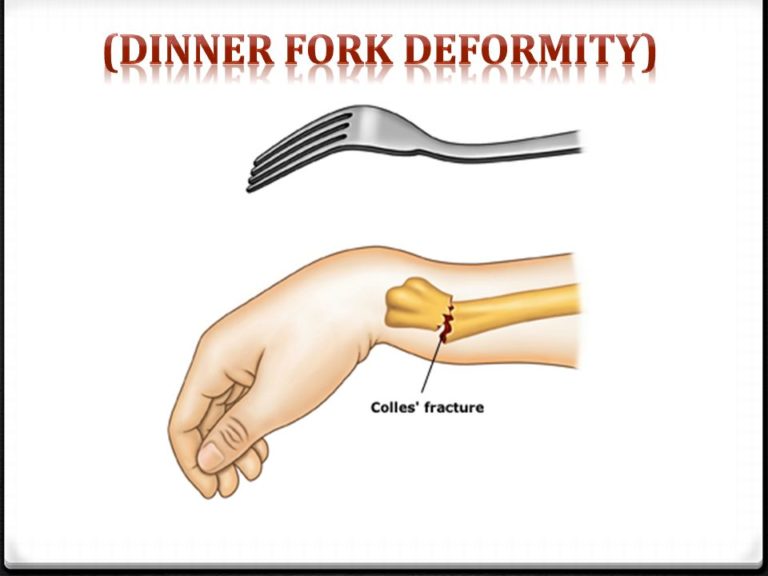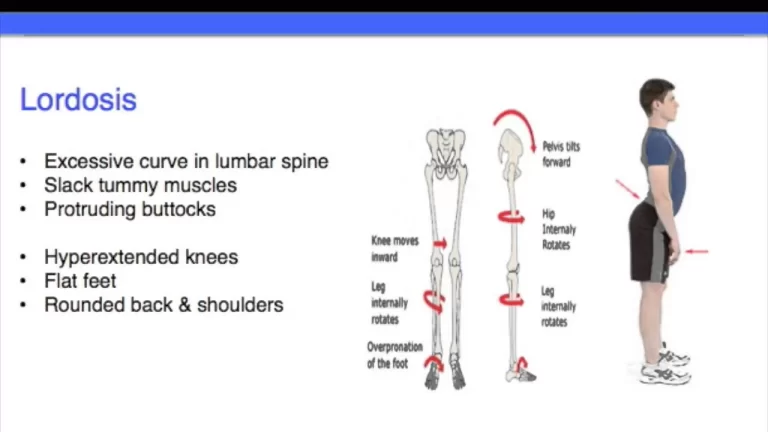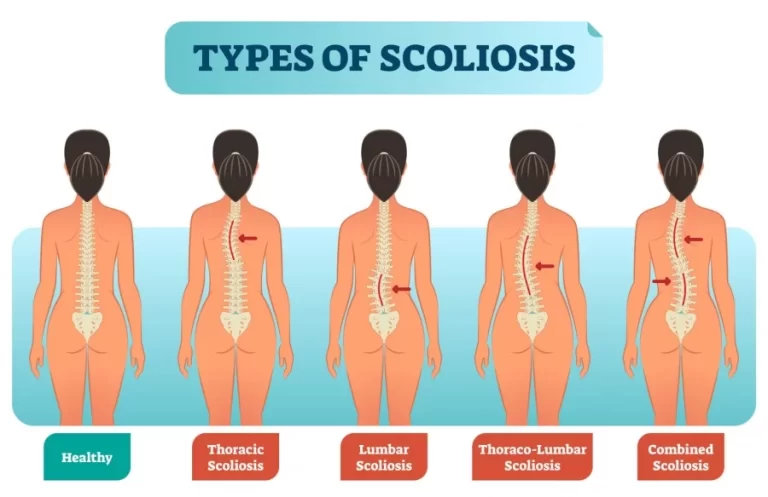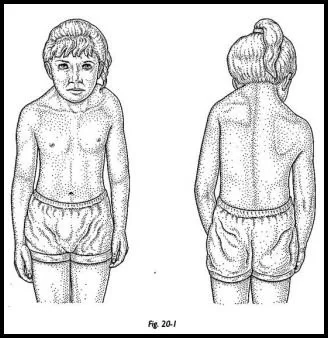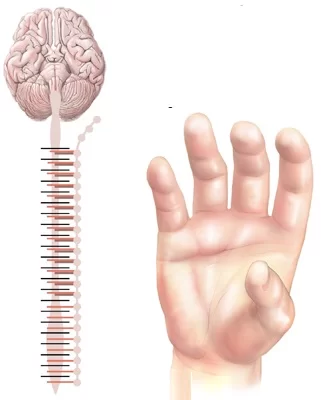Swan Neck Deformity: Physiotherapy Treatment
Introduction of Swan Neck Deformity Swan neck deformity is a deformed position of the finger, in which the joint closest to the fingertip is permanently bent toward the palm while the nearest joint to the palm is bent away from it (DIP flexion with PIP hyper-extension). It is commonly caused by injury or inflammatory conditions…


